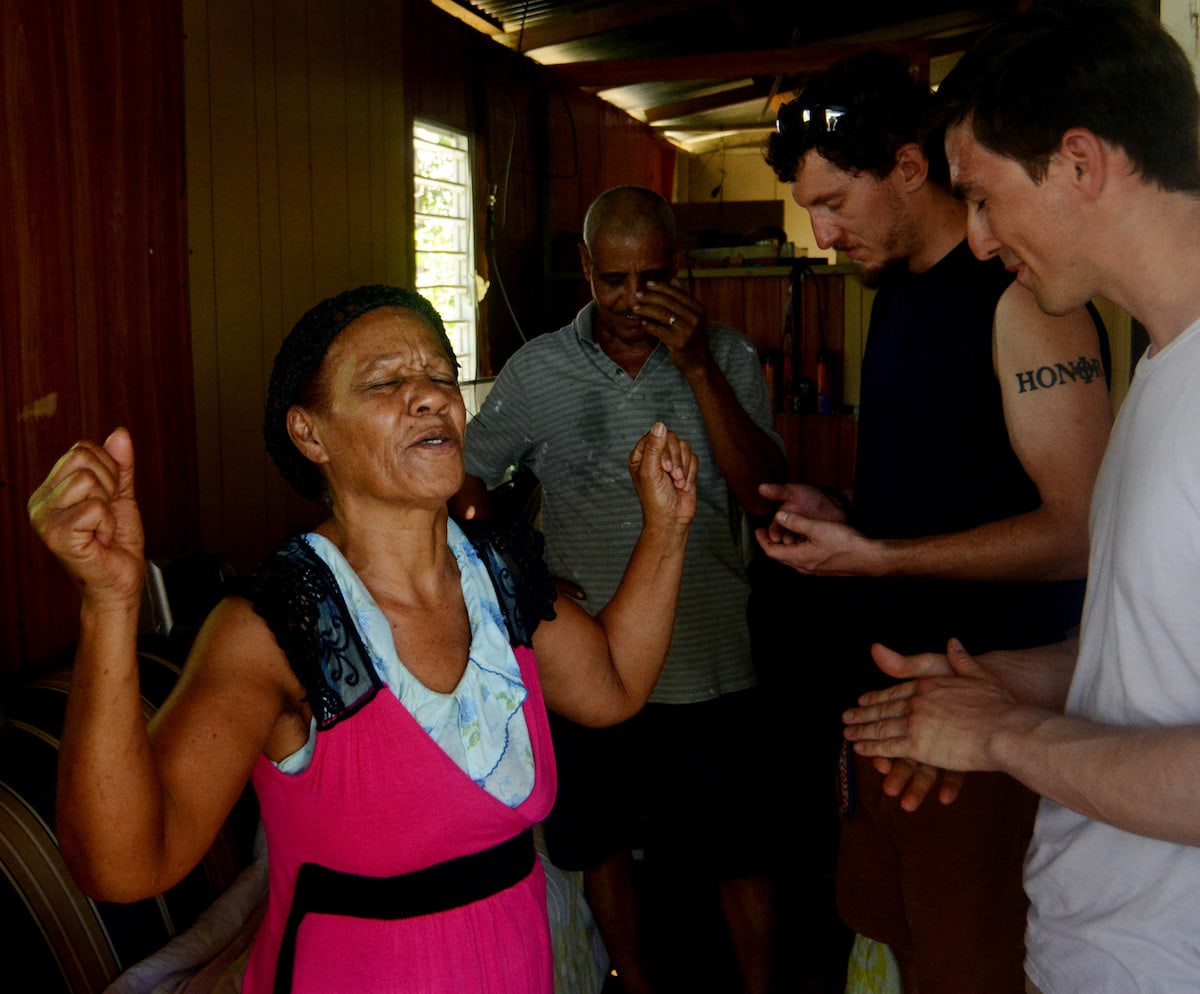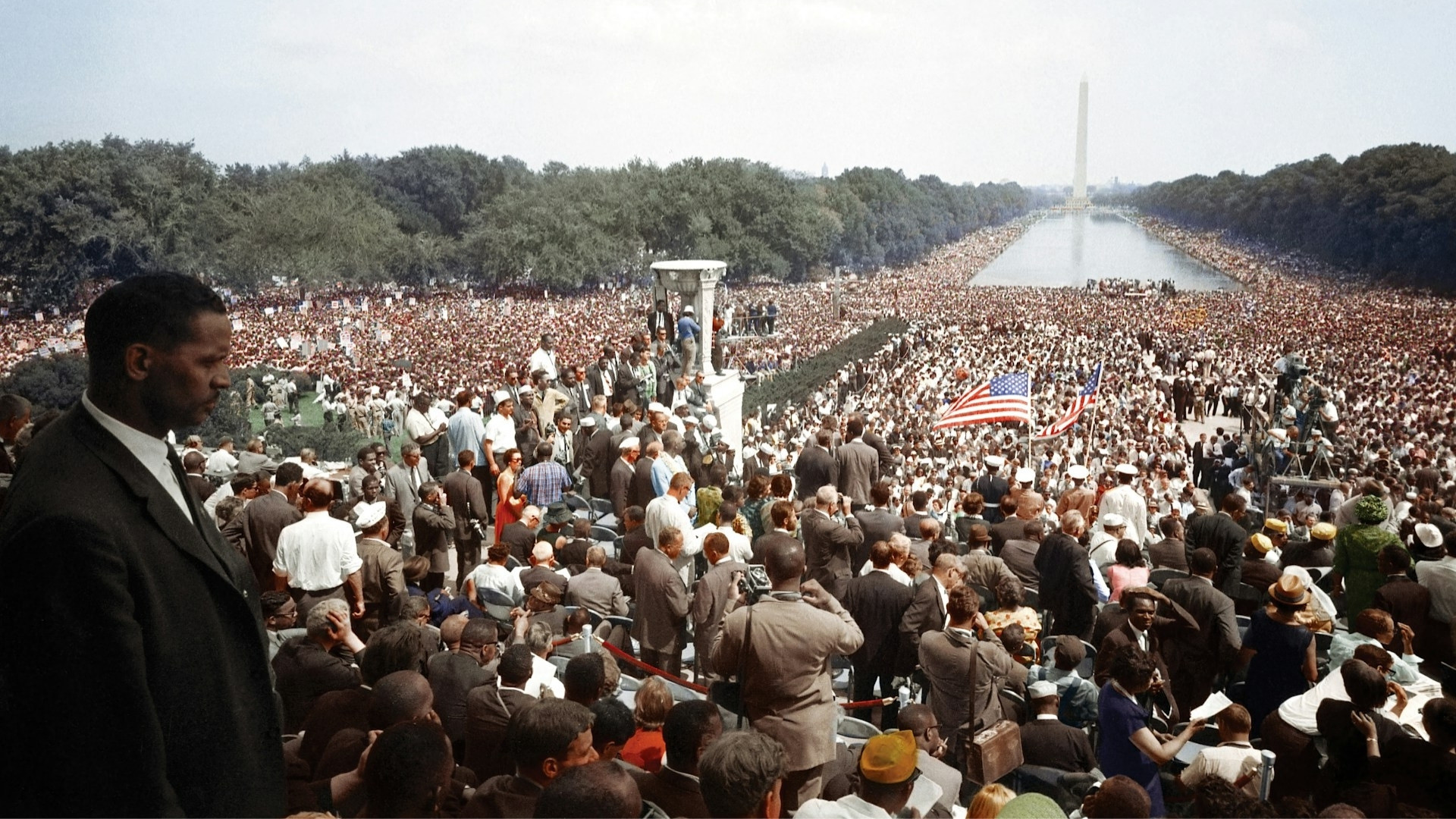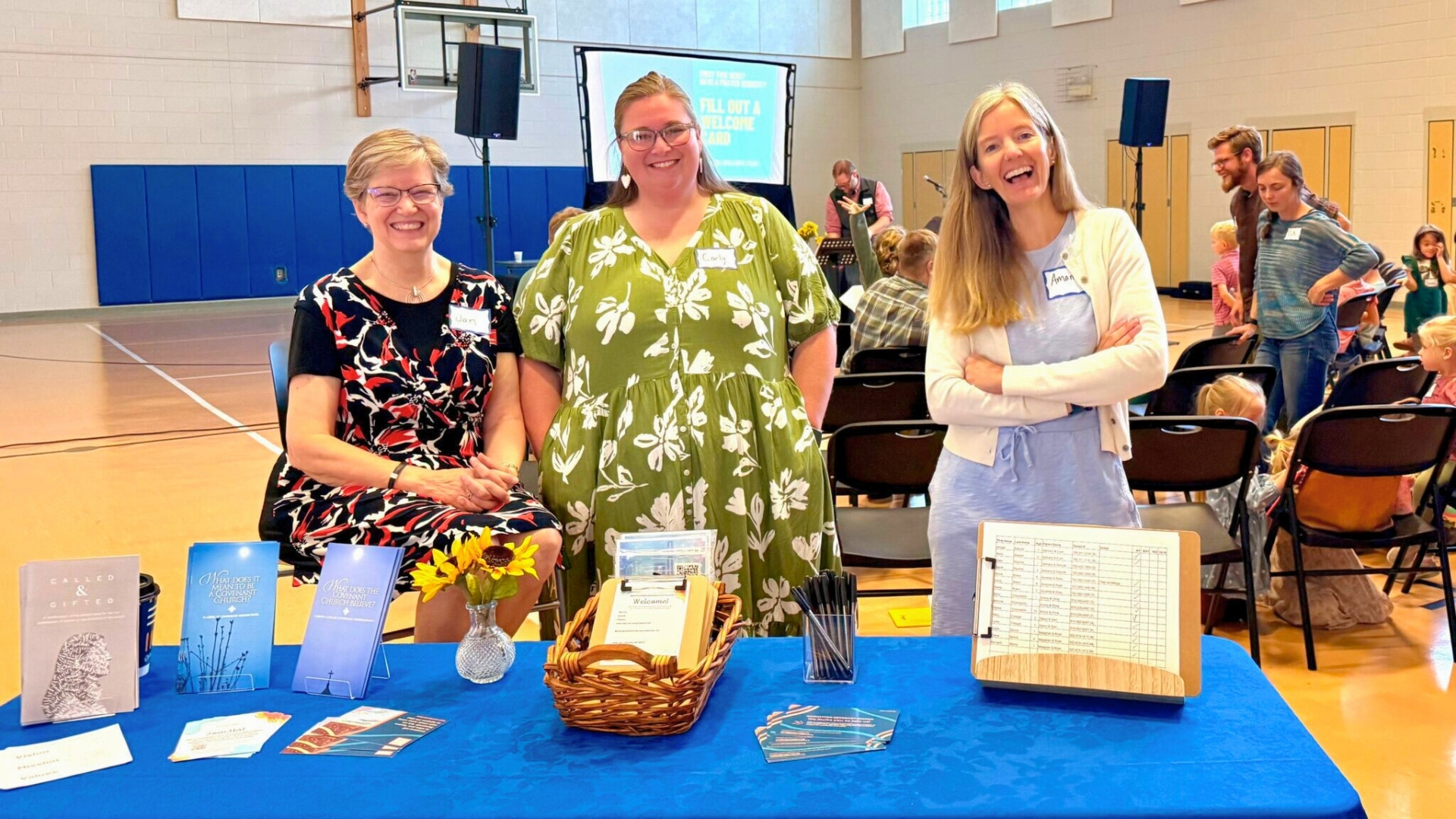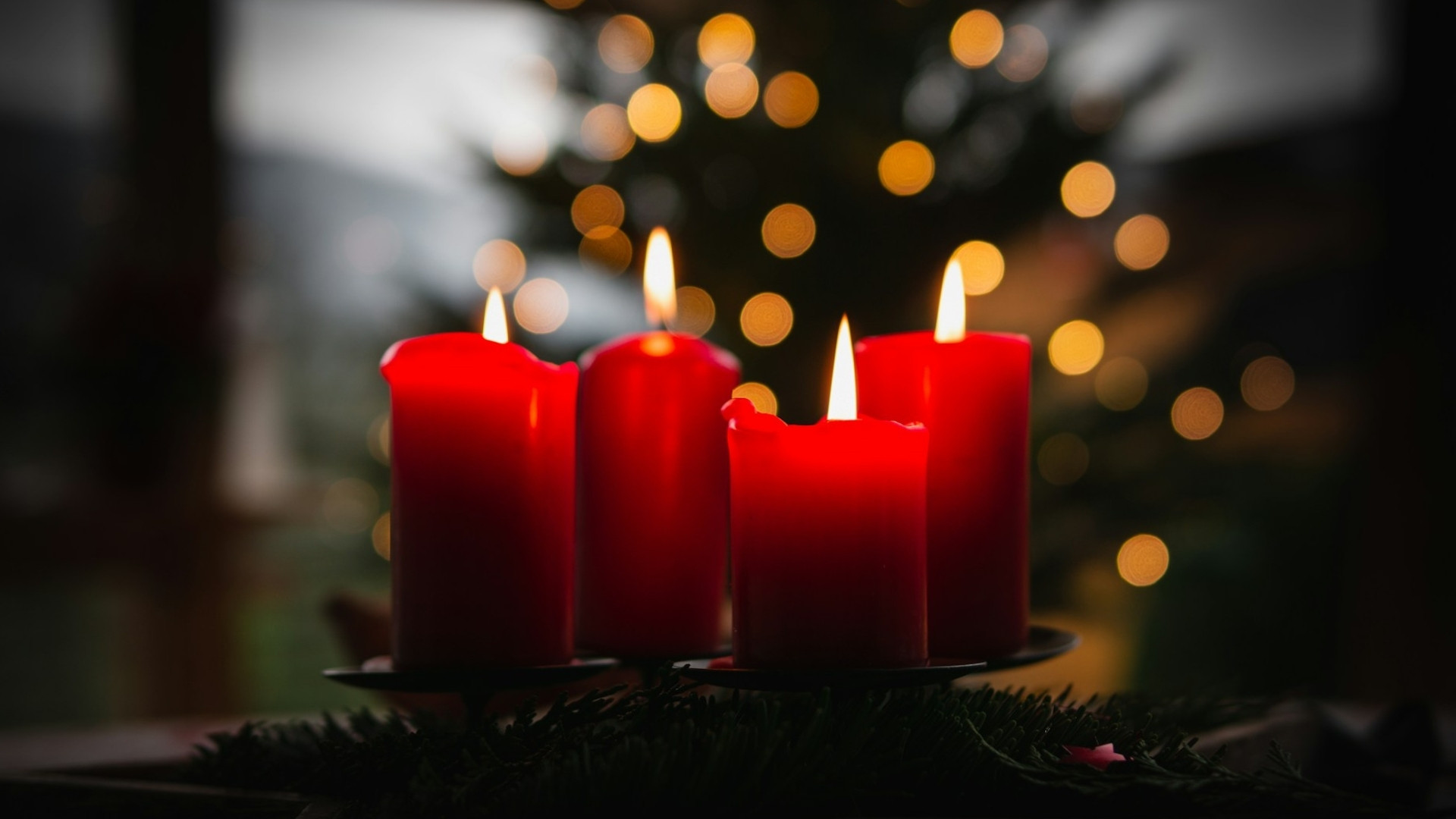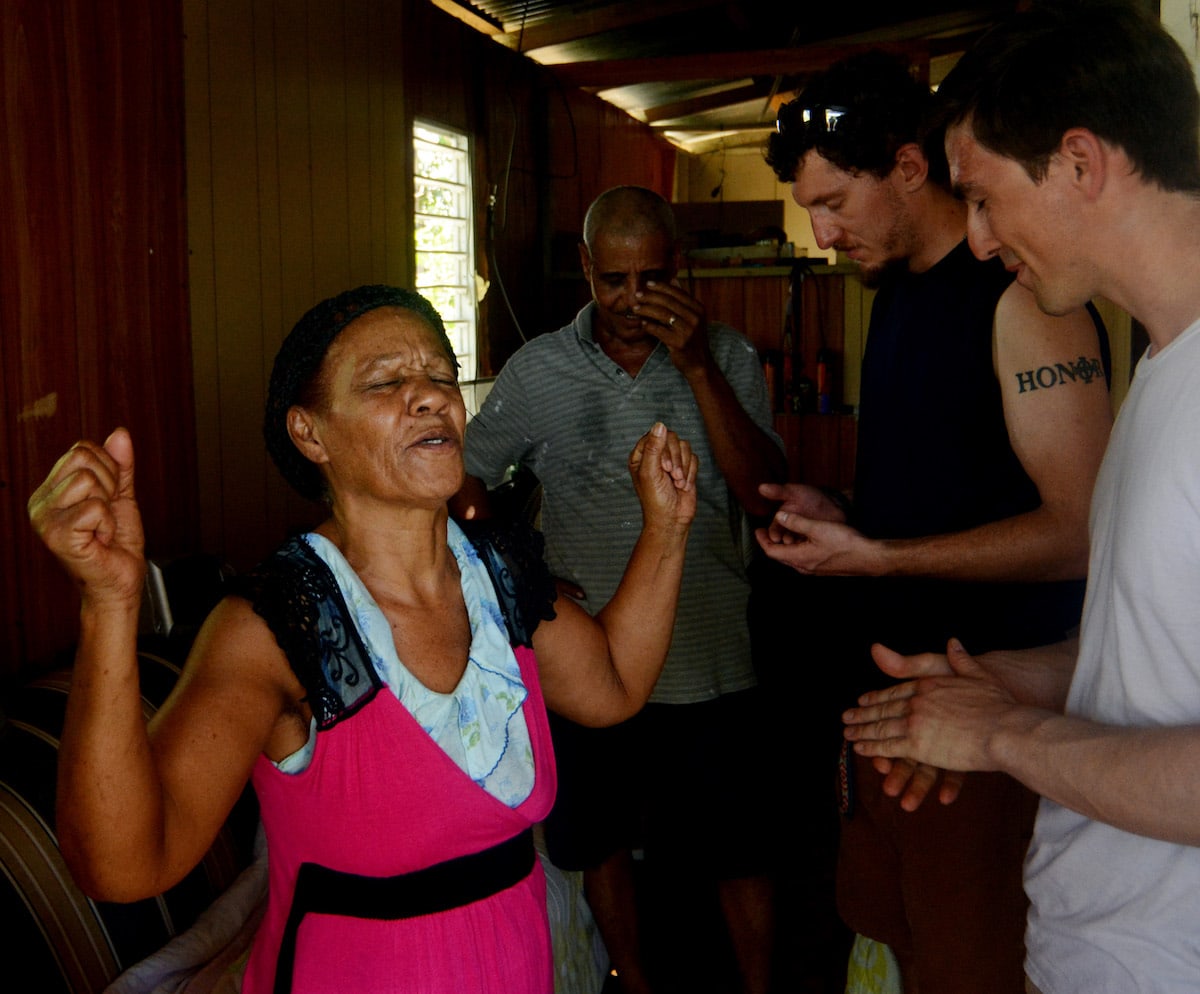
DETROIT, MI (May 29, 2018) – A team of Covenanters from the Great Lakes Conference who traveled to Puerto Rico on a mission trip last month were impressed by the resilience of residents who remain on the storm-battered island seven months after Hurricane Maria.
“I was very proud of my people,” said Krisasha Sivila, who grew up in Puerto Rico but now lives in Detroit where she attends Faith Covenant Church in Farmington Hills. “I was amazed at the way they have responded.”
The 11-person team brought together Covenanters from Michigan, Ohio, and Virginia. They spent eight days rebuilding two roofs, cleaning a church camp, building a cement wall, painting an apartment building and church, and interacting with residents of numerous communities.
Although the team saw signs of progress in San Juan and other urban areas, it was clear that much still needed to be done there. According to Puerto Rican officials, about 17,000 people remain without power due to destruction caused by Maria. It is the longest blackout in US history.
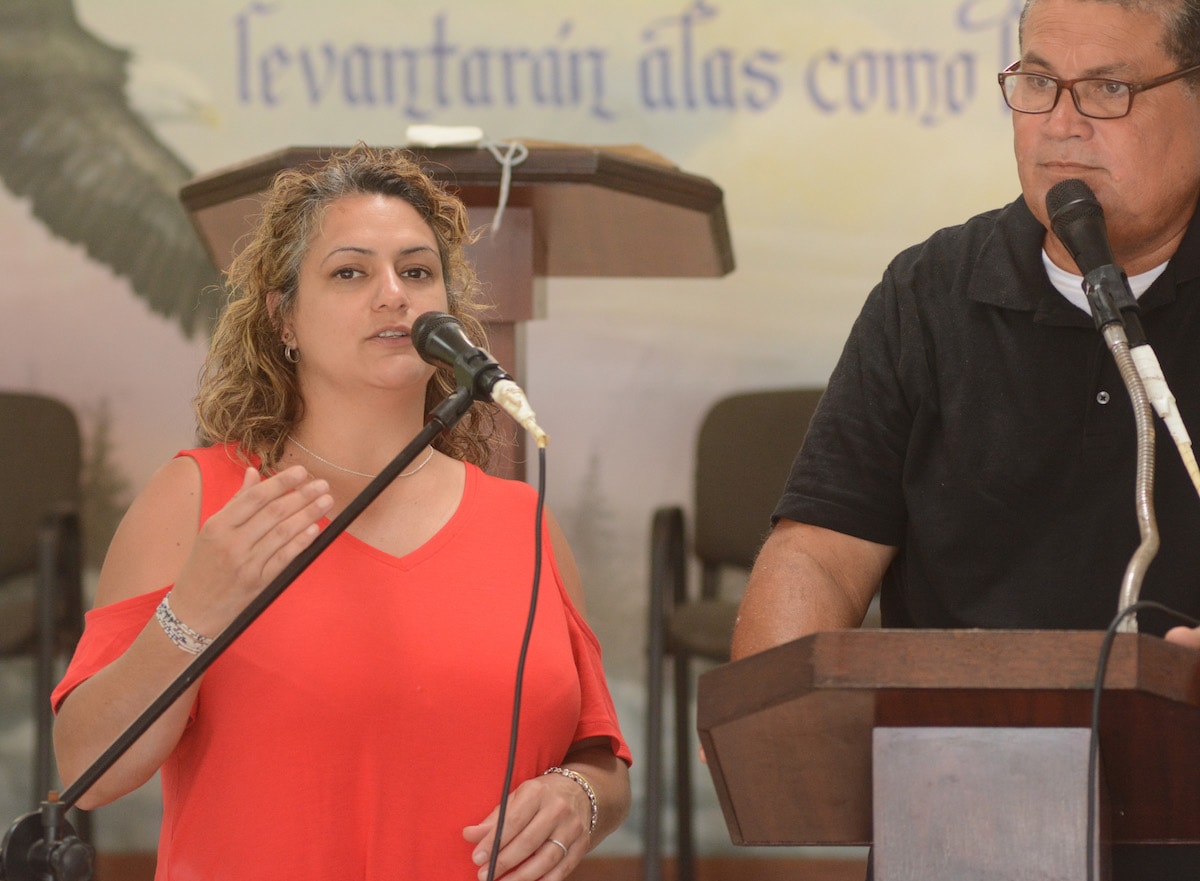
It was painful for Sivila to see the rural area where she had grown up. “It was very shocking in the mountains,” she said. “It was really sad. I remembered what it was like before.”
She added, however, that the community had pulled together in ways that have actually strengthened relationships.
“Neighbors were helping neighbors,” Sivila said. “If there was an older neighbor who couldn’t fix their house, then others would say, ‘Let’s go fix it.’ If someone wasn’t able to cook in their kitchen, other people would cook for them. People pitched in to buy gas for generators that were shared. When it got dark, it went back to how it was fifty years ago. Kids are playing outside. Neighbors are having coffee or sitting outside playing dominoes. I know it sounds crazy, but I think it brought a sense of ‘We can do this.’”
Warren Dillaway, a member of First Covenant Church in Ashtabula, Ohio, said he was humbled by the people who were “extremely grateful and would invite us into their homes so they could pray for us.”

Churches have struggled. Many have lost as much as 20 percent or more of their members, who have moved to the mainland since Maria. That is the situation for Umberto Pizarro, pastor of Connected Life Church in San Juan, and the director of Shining Bright International, an organization that has had led 51 mission trips since September.
A recent study estimated that at least 5,000 people had died as a result of the storm.
Dillaway said Pizarro’s team has sacrificed to help their fellow islanders. “They’ve put their churches and their families on hold. The challenge for residents is to return to their lives but also to stay engaged with those in need.”
Pizarro told Dillaway, “The island has to turn back to normalcy but never forget,” he said.
Sivila responded to critics who claim that Puerto Ricans just want handouts and seem to treat the island as if it were not part of the United States, saying, “We are 100 percent Americans. A lot of people don’t understand that.”
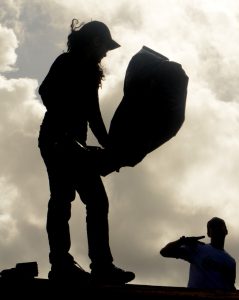
It was frightening to be sitting in Detroit watching the news and seeing Maria bear down on Puerto Rico, Sivila recalled. “When you compared the size of this hurricane and the size of the island, you knew there was no escape.”
It would be two weeks before she knew for sure that her mother was OK. In the meantime, she saw pictures of the area. “In one of the neighborhoods, the water went up to the ceiling. People were on their roofs trying to save themselves.”
Fortunately her mother’s home was not damaged.
Sivila had lived through Hurricane Hugo in 1989, which slammed into the Puerto Rico with sustained winds of 140 miles per hour. According to the US Geological Survey, more than 30,000 people were left homeless, and property damage exceeded $3 billion.
“It was like nothing we had never seen before,” she said. Describing the damage to her grandmother’s house, she said, “We saw the roof fly off the house like it was a piece of paper. The whole second floor collapsed.”
She still remembers the fear that remained long after the hurricane had inflicted its damage. “When the winds would get strong or when it was raining, I would get scared,” she said. “I can’t imagine how these people feel when they have another blackout.”
She adds, “Who’s to say a hurricane won’t happen again next year?”
All photos by Warren Dillaway.


